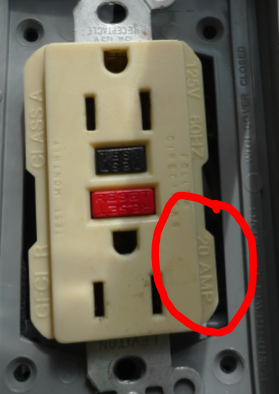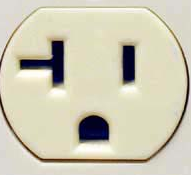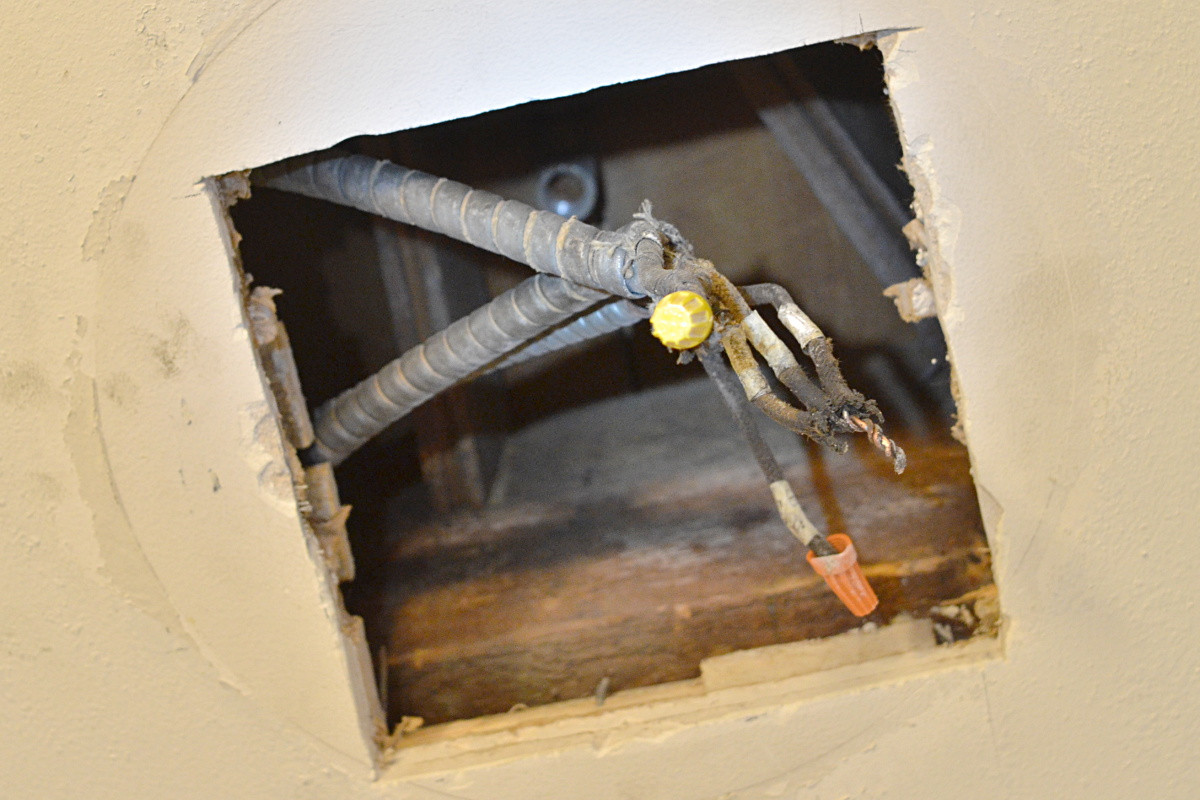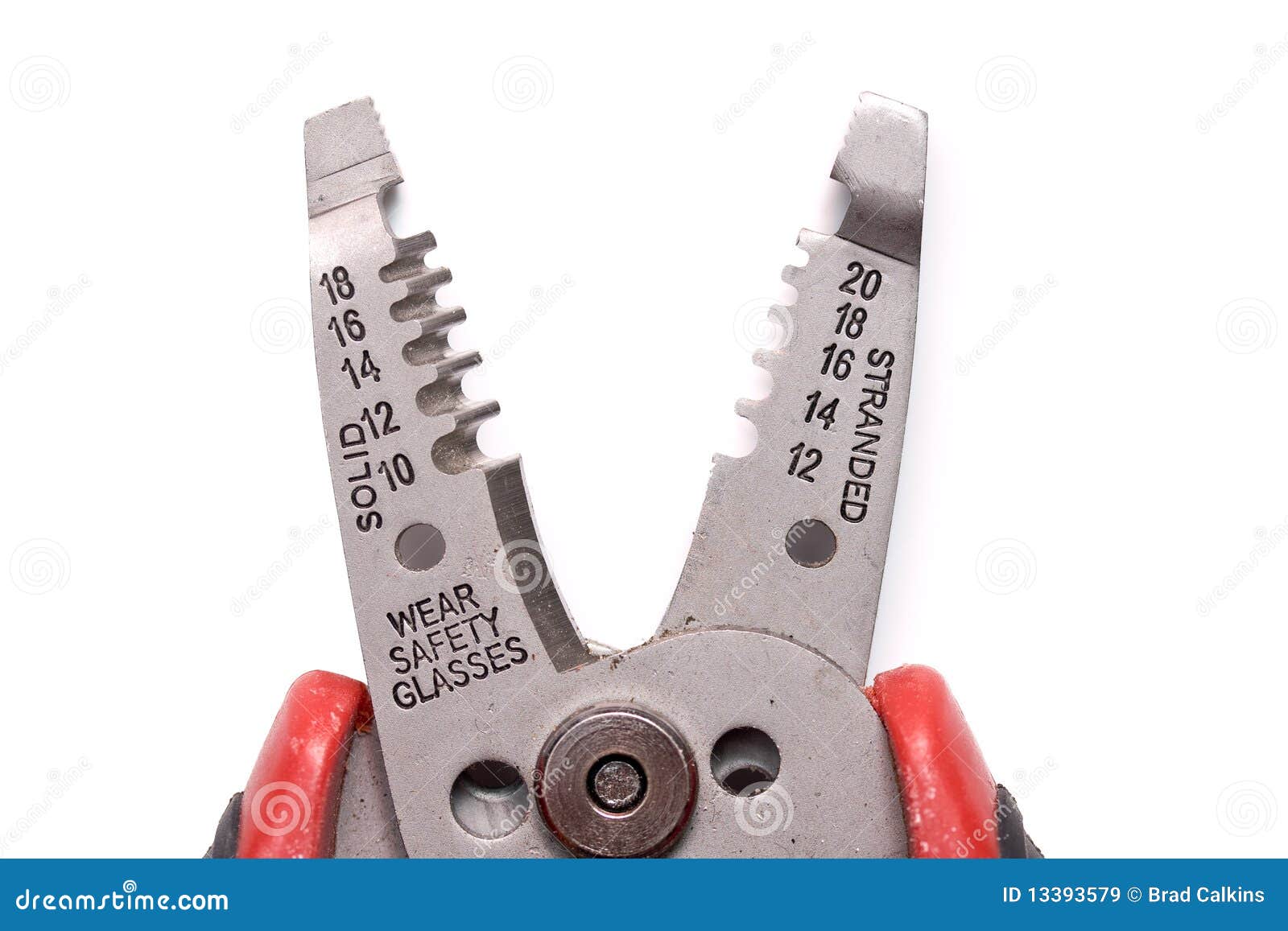I have a 120v outlet on its own circuit that I want to use for electric brewing. I'll be drawing right around 20 amps (heat element and pump). The breaker for the circuit is 20 amp, but the GFCI outlets are the 15 amp type.
Can I just use a converter like this?
http://www.amazon.com/dp/B00DVE8SCE/?tag=skimlinks_replacement-20
Or should I really switch out the outlet with something like this?
http://www.homedepot.com/p/Leviton-...est-GFCI-Outlet-White-R12-GFNT2-0RW/205996739
I rent so don't want to change things out too much if I can avoid it.
I understand that if running a 20 amp circuit, the circuit should be using 12 AWG wiring. I know the circuit is on a 20 amp breaker, but I wanted to be sure. I opened the outlet but am not sure how to double-check this. I've attached photos - does this look like 12 AWG?
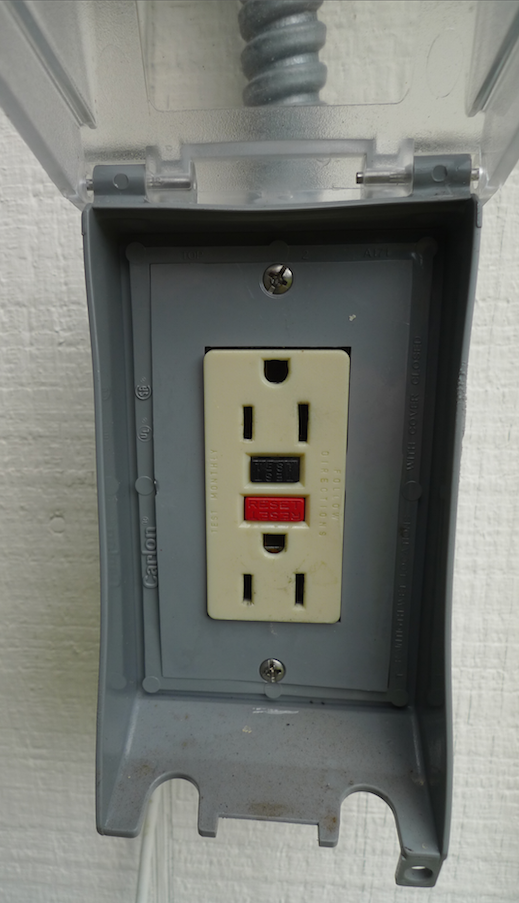

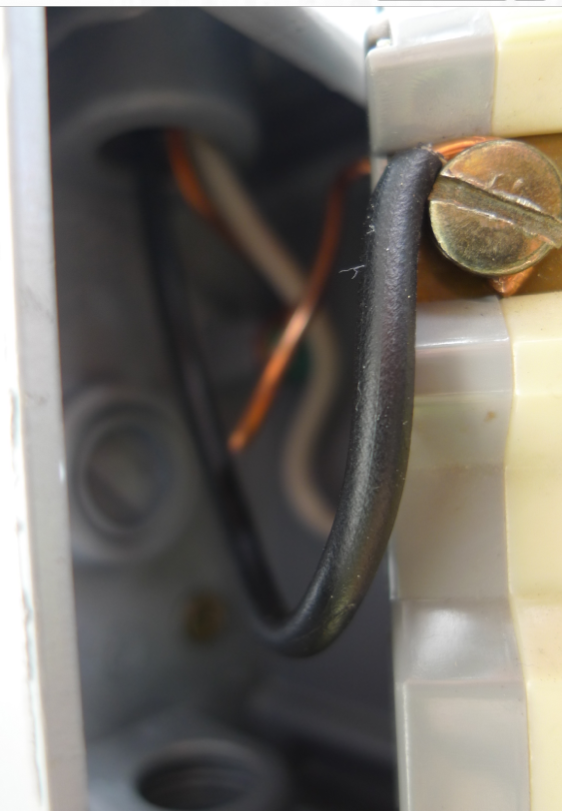
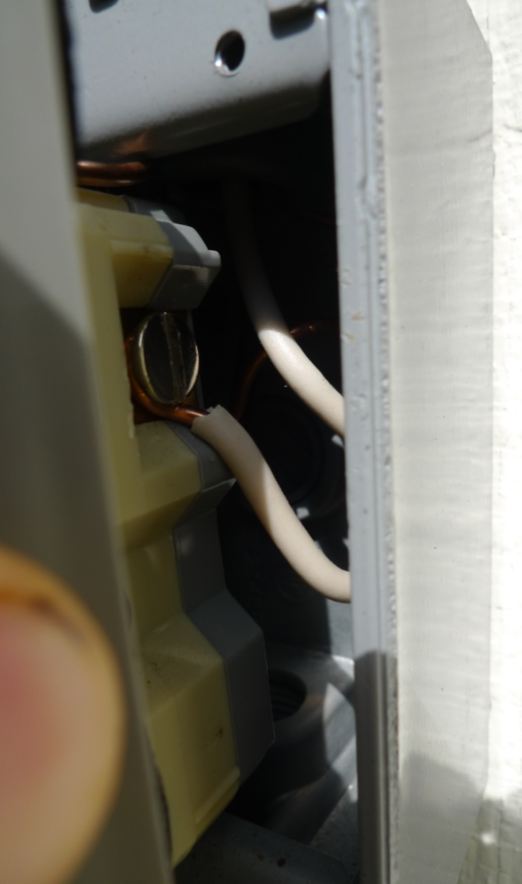

Can I just use a converter like this?
http://www.amazon.com/dp/B00DVE8SCE/?tag=skimlinks_replacement-20
Or should I really switch out the outlet with something like this?
http://www.homedepot.com/p/Leviton-...est-GFCI-Outlet-White-R12-GFNT2-0RW/205996739
I rent so don't want to change things out too much if I can avoid it.
I understand that if running a 20 amp circuit, the circuit should be using 12 AWG wiring. I know the circuit is on a 20 amp breaker, but I wanted to be sure. I opened the outlet but am not sure how to double-check this. I've attached photos - does this look like 12 AWG?





Last edited by a moderator:


